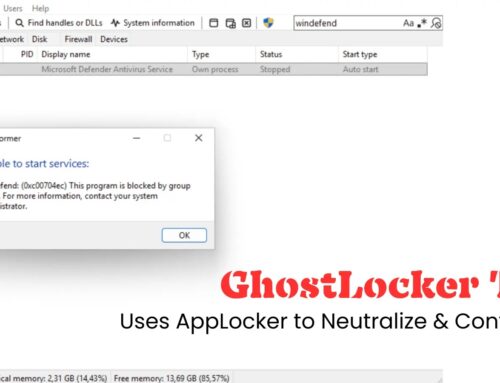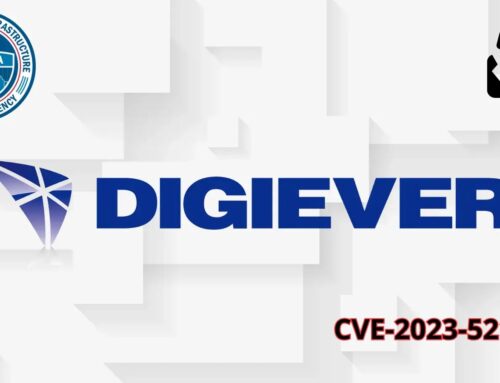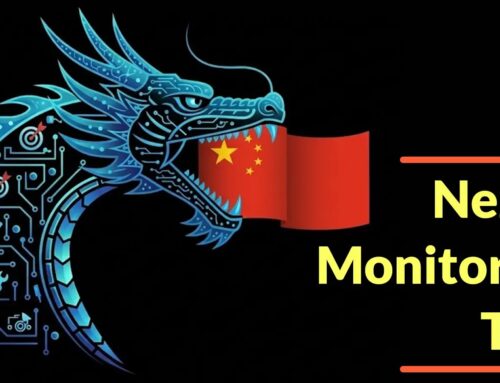
Threat Actors Weaponizes Judicial Documents to Deliver PureHVNC RAT
Weaponizing Justice: PureHVNC RAT Delivered Through Deceptive Judicial Documents
A disturbing trend has emerged in the digital threat landscape, where cybercriminals are cloaking malicious code within seemingly legitimate judicial documents. This sophisticated new phishing campaign, observed between August and October 2023, specifically targets Spanish-speaking users in Colombia and other regions. Threat actors are masquerading as official communications from Colombia’s Attorney General’s office, luring unsuspecting victims with notifications of bogus lawsuits. This exploitation of trust, leveraging the authority of legal institutions, marks a significant escalation in social engineering tactics designed to deliver the notorious PureHVNC Remote Access Trojan (RAT).
The Deceptive Lure: Social Engineering Meets Judicial Authority
The core of this campaign lies in its meticulously crafted social engineering strategy. Attackers understand the psychological impact of official legal correspondence. Receiving a notification about a lawsuit, especially one processed through labor courts, can induce panic and a compelling need to respond swiftly. This urgency often overrides caution, leading victims to click on malicious links or open infected attachments without proper scrutiny.
The emails are designed to appear authentic, mimicking the official branding and language used by Colombia’s Attorney General’s office. This level of detail makes it incredibly difficult for an average user to discern the fraudulent nature of the communication. The goal is to establish immediate credibility, thereby increasing the likelihood of successful payload delivery.
PureHVNC RAT: A Potent Weapon in the Attacker’s Arsenal
Once the victim falls for the initial lure, the campaign attempts to deploy PureHVNC RAT. This particular Remote Access Trojan is a formidable tool for cybercriminals due to its extensive capabilities. PureHVNC allows attackers to:
- Remote Control: Gain full control over the compromised system, essentially turning the victim’s computer into a puppet.
- Data Exfiltration: Steal sensitive information, including personal documents, financial data, and credentials.
- Keylogging: Record every keystroke, capturing passwords, private messages, and other confidential inputs.
- Surveillance: Activate webcams and microphones to spy on victims without their knowledge.
- Persistence: Establish a foothold on the system, allowing attackers to maintain access even after reboots.
The deployment of PureHVNC RAT through such a convincing social engineering scheme presents a severe risk to individuals and organizations. The potential for financial loss, identity theft, and reputational damage is substantial.
Understanding the Attack Vector
The attack typically unfolds in several stages:
- Initial Contact: A phishing email, impersonating Colombia’s Attorney General’s office, arrives in the victim’s inbox. The subject line often references a “lawsuit notification” or “court summons.”
- Social Engineering: The email’s content is carefully worded to create urgency and fear, detailing a fabricated lawsuit and instructing the recipient to review attached documents or click a link for more information.
- Malware Delivery:
- Malicious Attachments: The email might contain an attached document (e.g., a PDF or Word document) that, when opened, executes a script or exploits a vulnerability (though specific CVEs for this campaign aren’t publicly detailed yet).
- Malicious Links: Alternatively, the email directs the victim to a fraudulent website that either hosts the PureHVNC payload directly or initiates a download.
- Installation and Persistence: Upon execution, PureHVNC RAT installs itself, often using stealthy techniques to evade detection and establish enduring access to the compromised system.
Remediation Actions and Proactive Defense
Given the sophistication of this campaign, robust cybersecurity practices are paramount. Organizations and individuals must take proactive steps to mitigate their risk of falling victim to such attacks.
For Individuals:
- Verify Sender Authenticity: Always scrutinize the sender’s email address. Look for subtle misspellings or unusual domain names. If in doubt, contact the alleged sender using official contact information, not replying to the email itself.
- Be Wary of Urgency: Phishing emails often create a sense of urgency. Take a moment to think critically before clicking on links or opening attachments from unexpected sources.
- Hover Before You Click: Before clicking on any link, hover your mouse over it (without clicking) to see the actual URL. Be suspicious if it doesn’t match the expected legitimate domain.
- Enable Multi-Factor Authentication (MFA): MFA adds an extra layer of security, making it harder for attackers to gain access even if they steal your credentials.
- Keep Software Updated: Regularly update your operating system, web browsers, and all software. Patches often address vulnerabilities that attackers exploit. While specific CVEs weren’t linked to this campaign’s initial access, maintaining updated software is a general best practice for mitigating common exploits, such as those that might appear in documents (e.g. older Microsoft Office vulnerabilities like potentially CVE-2017-11882 or similar arbitrary code execution bugs).
- Use Reputable Antivirus/Antimalware: Ensure your security software is up-to-date and actively scanning your system.
For Organizations:
- Security Awareness Training: Conduct regular and realistic training for employees on identifying phishing attempts, especially those impersonating legal or governmental entities.
- Email Filtering and DMARC/SPF/DKIM: Implement advanced email filtering solutions to detect and block suspicious emails. Properly configure Sender Policy Framework (SPF), DomainKeys Identified Mail (DKIM), and DMARC records to prevent email spoofing of your own domains.
- Endpoint Detection and Response (EDR): Deploy EDR solutions to monitor endpoints for suspicious activity and detect the presence of RATs like PureHVNC.
- Network Segmentation: Segment your network to limit the lateral movement of attackers in case of a successful compromise.
- Principle of Least Privilege: Grant users only the necessary permissions to perform their job functions.
- Regular Backups: Implement a robust backup and recovery strategy to swiftly restore data in the event of a successful ransomware or data destruction attack.
Key Takeaways
The weaponization of judicial documents to deliver PureHVNC RAT highlights a concerning evolution in cyberattack methodologies. Threat actors are increasingly sophisticated in their social engineering tactics, leveraging authoritative institutions to bypass traditional security measures and exploit human trust. Remaining vigilant, verifying communication authenticity, and maintaining robust cybersecurity hygiene are no longer optional but essential defenses against these evolving threats.





